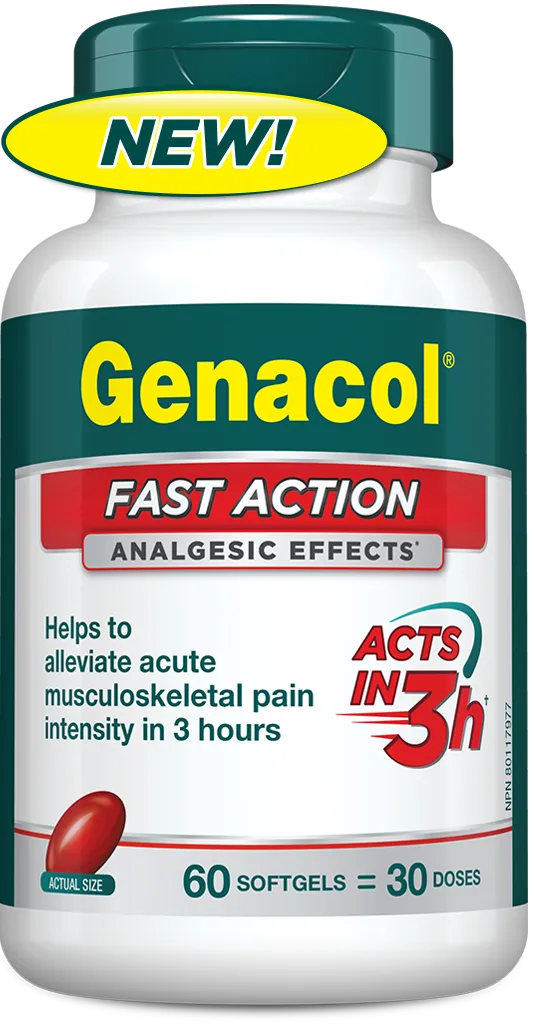This post is also available in: Français
This post is also available in: Français
Musculoskeletal pain is linked to musculoskeletal disorders (MSDs). This general term includes conditions that affect the musculoskeletal system, i.e. all the tissues that allow us to move and perform movements. MSDs include around a hundred conditions that can affect the joints, bones, muscles, tendons, ligaments and sometimes the nerve.
Here are concrete examples of conditions encompassed by MSDs. You have certainly already heard of one of them!
This ailment affects the lumbar vertebrae, also known as the lower back. Low back pain can cause diffuse and continuous pain but can also result from an injury and cause sudden and more intense pain.
These are localized pains in the neck, causing stiffness and limiting movement. The pain can be caused by whiplash, torticollis or result from a condition affecting the neck joints, such as osteoarthritis.
Tendons are bands of fibrous tissue that connect muscles to bones. During muscle contractions and joint movements, the tendons move forwards and backwards. When a tendon is inflamed or damaged, it usually results in stiffness of the affected joint and pain. There are several types of tendinitis, for example, rotator cuff tendinitis (shoulder) or Achilles tendinitis (back of the heel).
The bursa contains synovial fluid, and its primary function is to facilitate sliding between bone and tendon or bone and muscle. Bursitis is the inflammation of this little cushion and is caused by several factors, including joint overuse. The shoulder is often the most affected joint with bursitis.
Epicondylitis is often called “tennis elbow” since this condition affects the tendons outside the elbow. Although its nickname refers to tennis, this condition doesn’t affect only athletes. Epicondylitis is much more caused by repetitive arm motion or overuse of the joint, often done at work, resulting in tendon wear.
This results from the compression of the nerve found in the canal formed by the bones and one of the ligaments of the wrist. This syndrome causes numbness and pain in the thumb, middle finger, and index finger.
The musculoskeletal disorders mentioned above are the most frequent and those most often diagnosed. However, musculoskeletal pain can also arise from less significant conditions.
For example, muscle or joint pain felt after physical exercise or after intense work is also musculoskeletal pain.
Inevitably, we all must deal with musculoskeletal pain. What’s more, there are as many solutions to relieve them as there are types of musculoskeletal disorders!
Rest, heat or cold therapies, and the services of health professionals such as physiotherapists or massage therapists are some examples of natural and non-drug solutions that can help reduce musculoskeletal pain, depending on its type.
Always driven by a strong desire for innovation in natural health, we focused on the management of musculoskeletal pain. We are happy now to add Genacol® Fast Action to our product line.
This new patent-pending formula contains specially chosen and clinically studied medicinal ingredients from natural sources to relieve musculoskeletal pain temporarily.
It is clinically proven that Genacol Fast Action alleviates acute musculoskeletal pain intensity in just 3 hours!

© All rights reserved. Genacol 2025

Please wait while you are redirected to the right page...